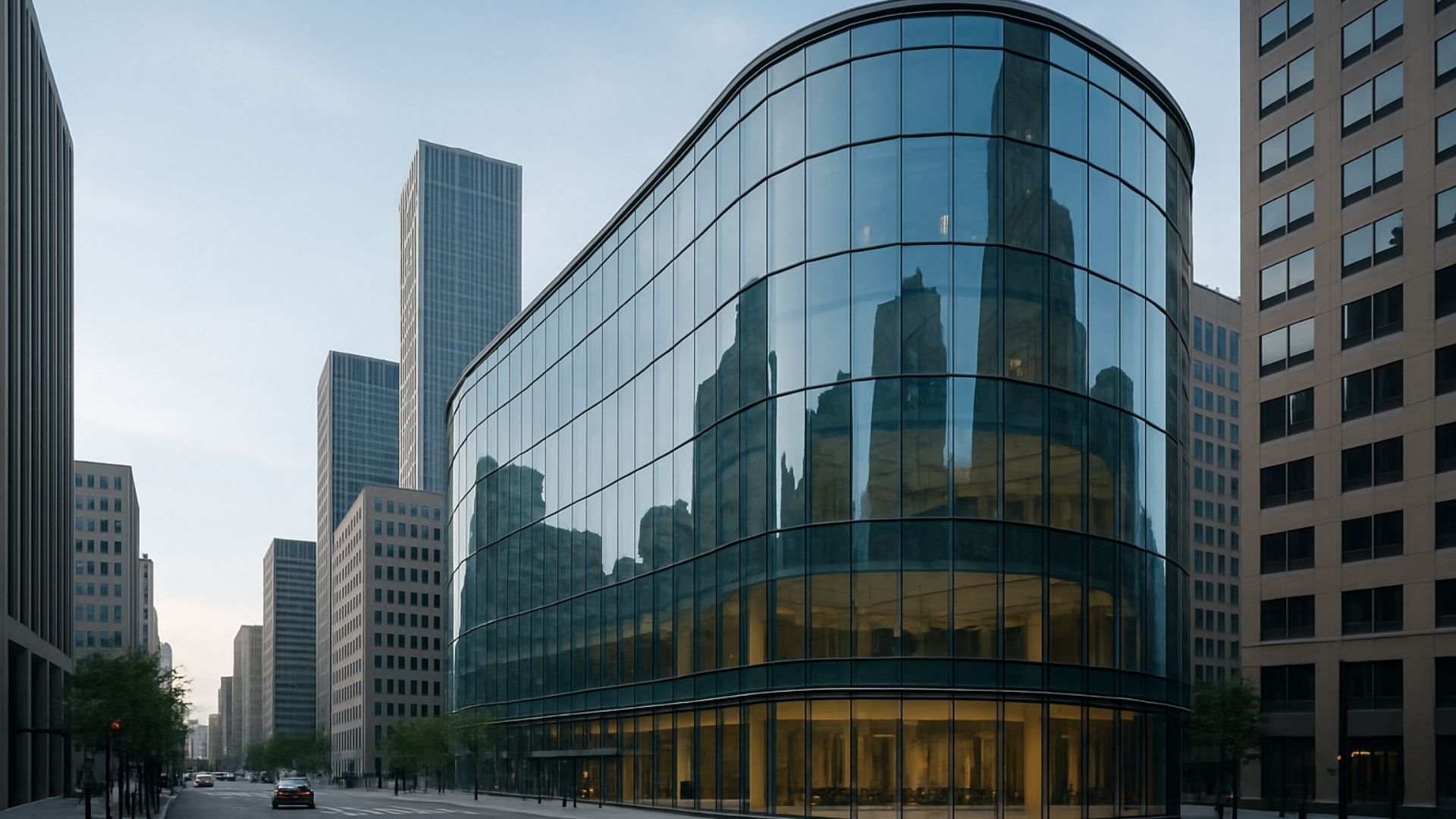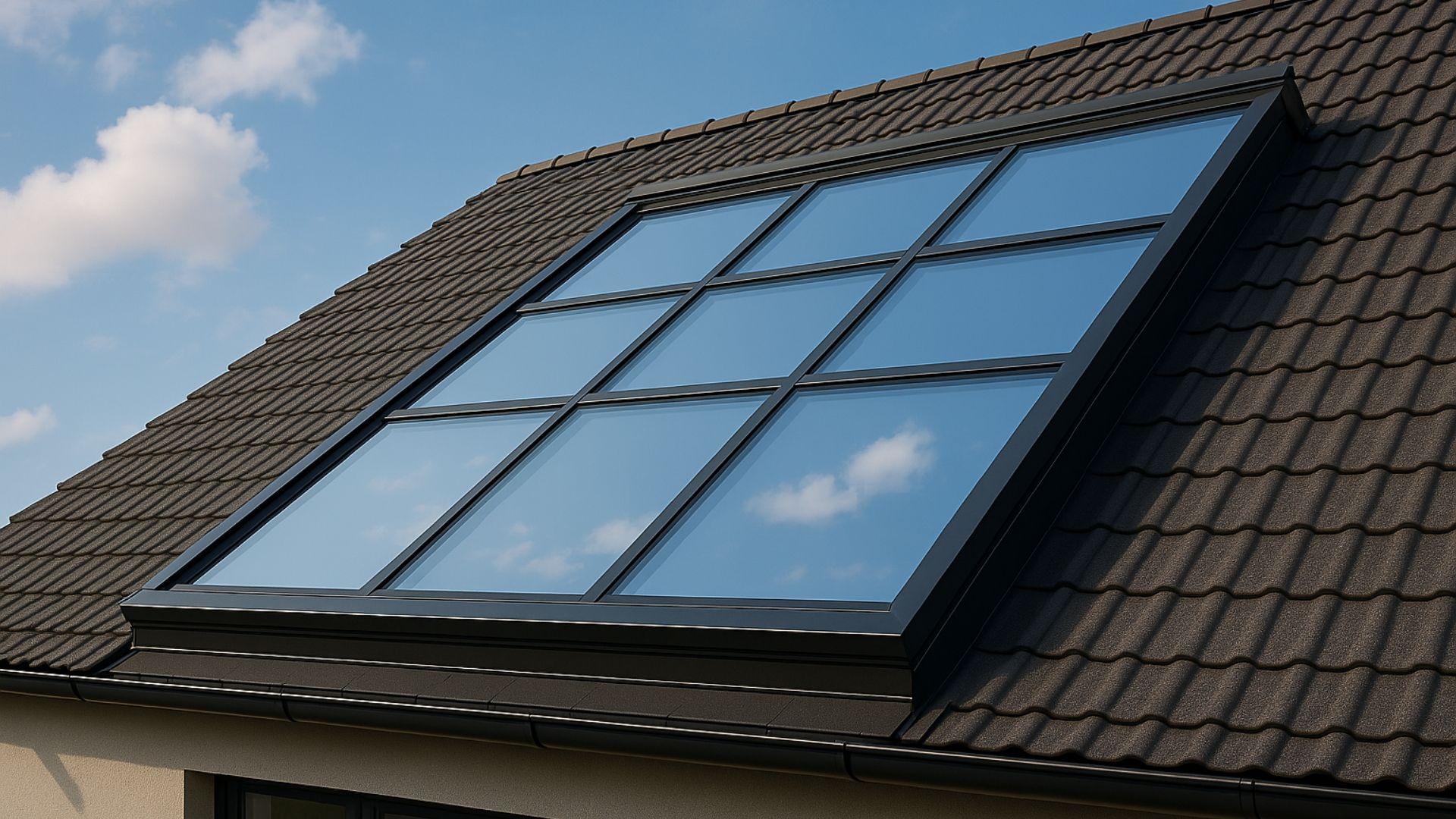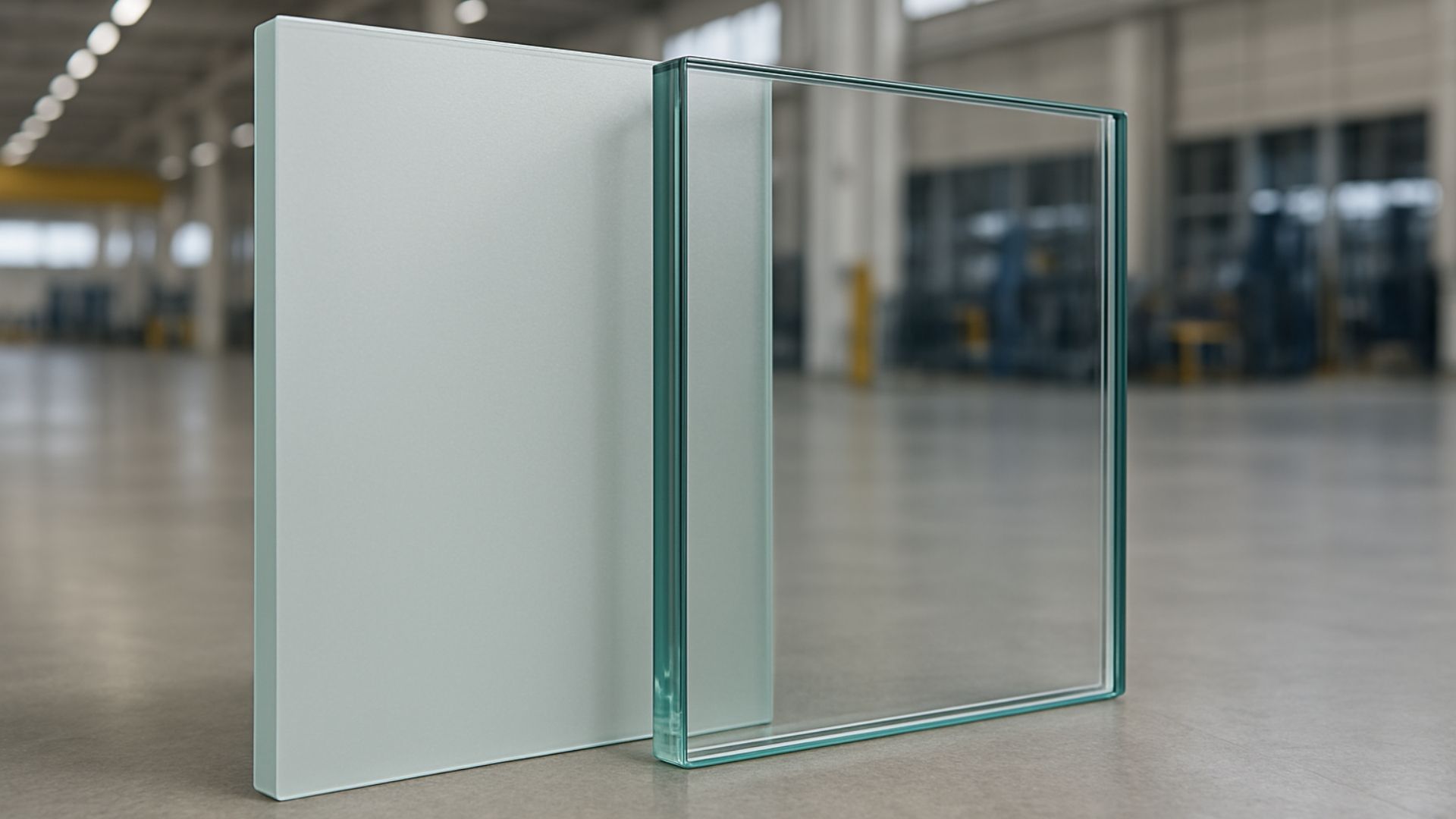Is bulletproof glass unbreakable? Ballistic glass facts and fiction
Share this blog:
Think you know how bulletproof glass works in real life? Join us as we put 6 common claims to the test.
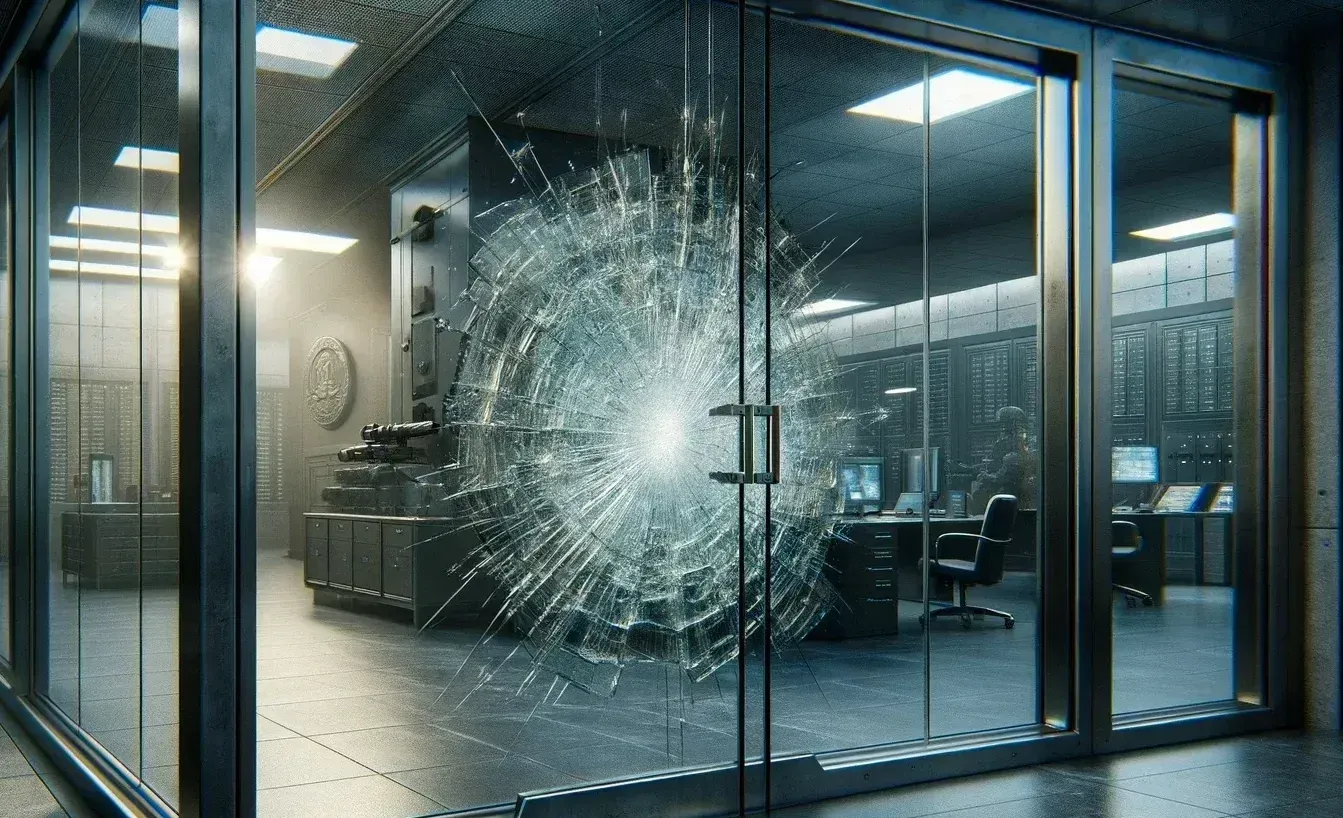
Hollywood has taught us many lessons about bulletproof glass. But are they all true?
We'll put it this way: don't believe everything you see on screen.
Real-life bulletproof glass is an effective and flexible security solution. However, it doesn't work in quite the same way as it does in the movies.
We're here to put these big-screen myths to the test. Here are six common claims about bulletproof glass – and the cold, hard truth about each one.
1. Bulletproof glass is bulletproof (right?)
VERDICT: MYTH.
Bulletproof glass is bulletproof in the same way that a waterproof jacket is waterproof.
When you buy the jacket from your local branch of Millets, you know instinctively that the "waterproof" label actually means "waterproof if you don't do anything silly".

It will keep you dry on a brisk hike in British drizzle. But if you wear it on a pond-diving excursion, you're likely to get wet. All understood. All above board.
Bulletproof glass, when combined with a suitable framing system, is designed to be
resistant
to ballistic attack. But it can't claim to be completely bulletproof any more than a ship can claim to be unsinkable. You only need to watch
Titanic
to know that rare accidents do happen.
But we're splitting hairs. The "bulletproof" question is really a question of semantics. You're more likely to see bulletproof glass advertised as "ballistic" or "bullet-resistant" glass – because, after all, those names are a whole lot more accurate.
2. Bulletproof glass is unbreakable
VERDICT: MYTH.
We're not trying to sell bulletproof glass short here. But we're keen to clear up a long-standing misconception about ballistic glass and what it's actually for.
See, action movies have given us a distorted picture of ballistic glass. Watch
The Fast and the Furious 37½, say,
and you're likely to see bullets pinging off ballistic glass like supersonic popcorn. The glass, against all laws of physics, remains completely unscathed.
But ballistic glass is
not
designed to be unbreakable. If the worst scenario happens and your glass does suffer a ballistic attack, the glass will be damaged – no question about it.
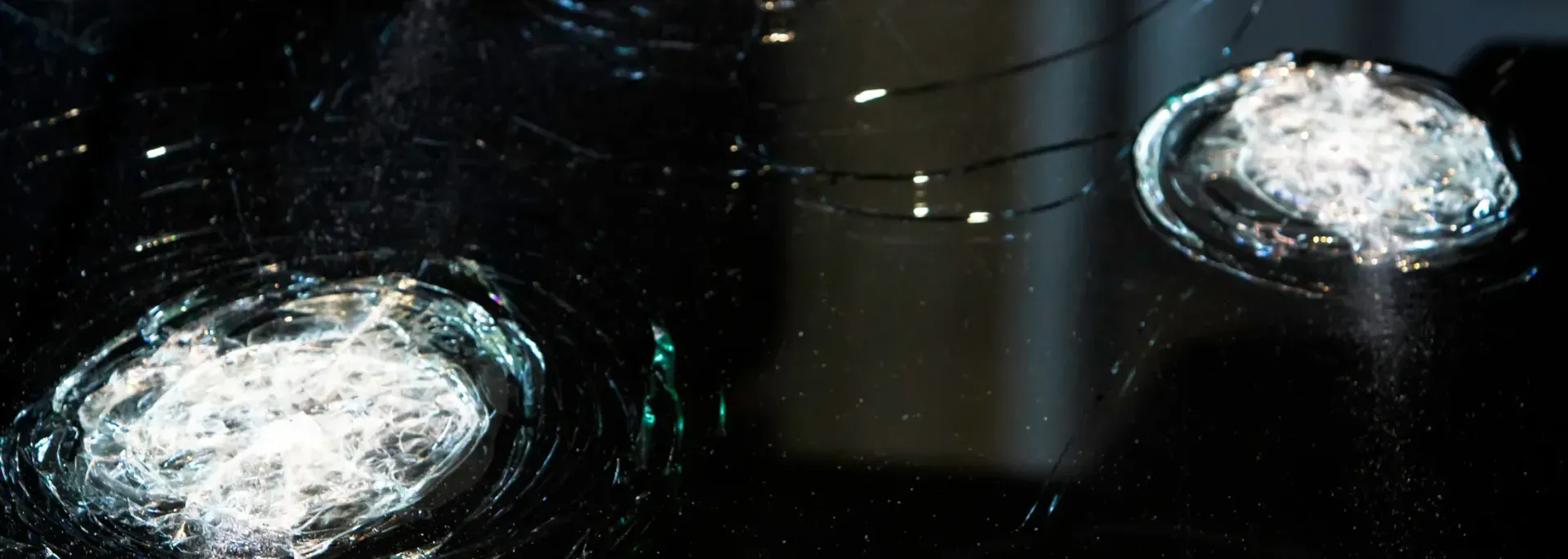
What ballistic glass is designed to do is maintain its overall structural integrity in the frame. The glass will smash but it won't shatter. Providing the glass is adequately rated against the threat, no bullets should pass through the glass and the attackers shouldn't be able to gain entry through the frame.
Think of it this way: bulletproof glass is a way of safeguarding people, protecting property and buying time. In an emergency, this is more important than ensuring your window glass stays completely unscathed.
3. Bulletproof glass is illegal
VERDICT: MYTH.
We get it. TV and films have taught us that ballistic glass should only be used by government spies and criminal kingpins.
But this is plain wrong.
Ballistic glass is used in all sorts of everyday situations – from schools to banks to residential buildings. And, for that matter, it's entirely and unequivocally legal in the UK.
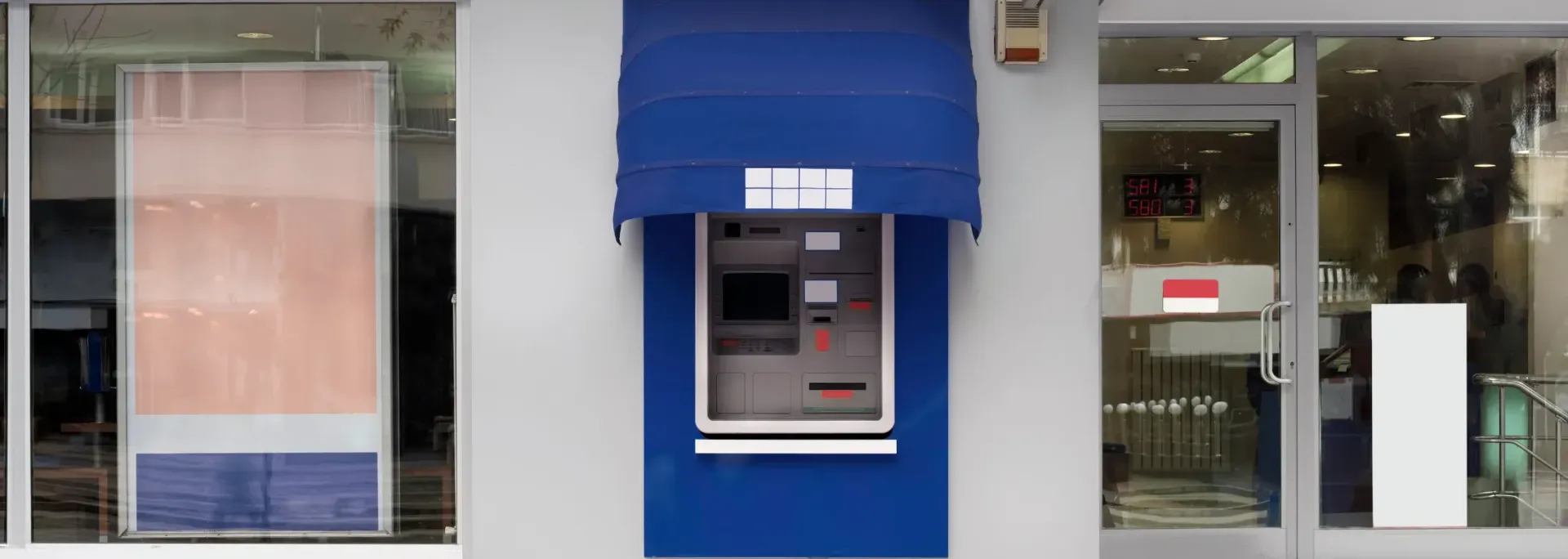
If you want to install bulletproof glass in your car or home, you're free to do so. It doesn't require a licence or any kind of legal approval.
The fact is that ballistic threats
do
exist – even if we wish they didn't. And where there's the possibility of criminal or terroristic attack, organisations and individuals must be able to put effective safeguards in place.
4. Bulletproof glass can stop a 0.50-calibre bullet
VERDICT: TRUE…
…if you choose the right kind of "bulletproof" glass.
See, there is no one type of ballistic glass. It comes in various "grades" that are rated against different threat levels, according to local standards.
In Europe, the standard is called EN 1063. This document establishes – in forensic detail – nine threat levels that correspond to increasingly powerful ballistic weapons and increasingly forceful attacks.
Ballistic glass is made (and tested) to match these threat levels. They range from BR1 to BR7 for handguns and rifles – and from SG1 to SG2 for shotguns.
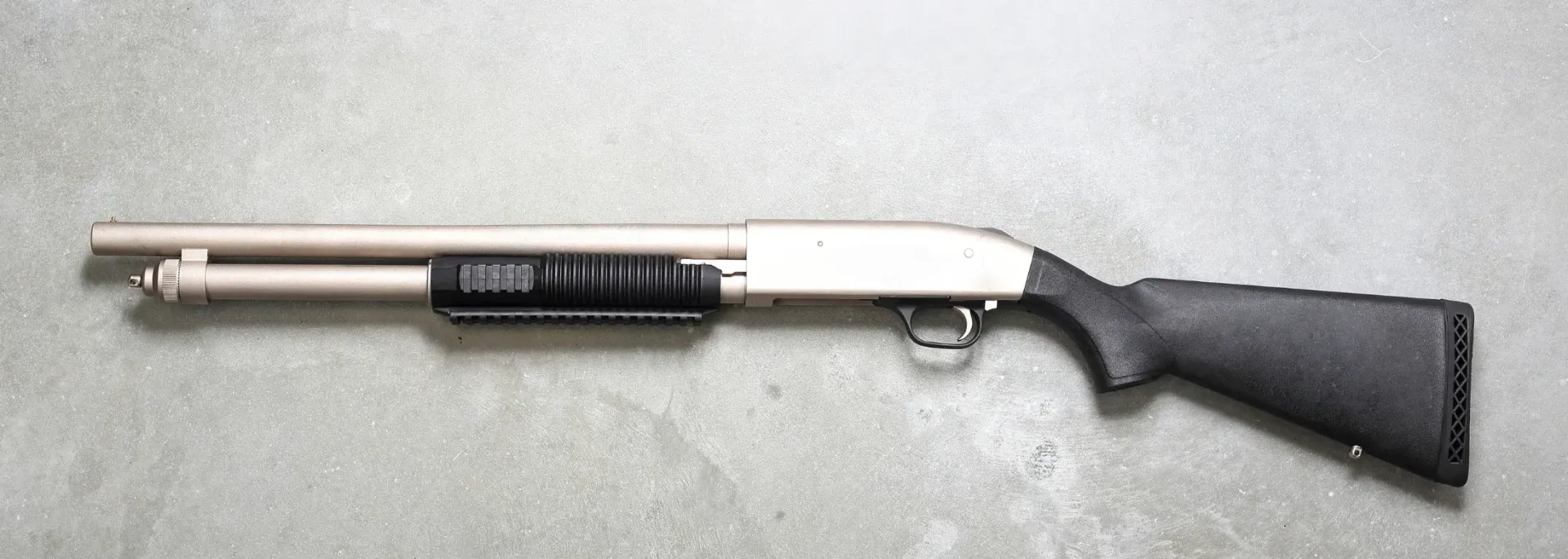
By way of demonstration, BR2-rated ballistic glass should maintain its integrity when hit by three nine-millimetre, full-steel-jacketed Luger shots fired from five metres away. BR7-rated glass, meanwhile, should stand up to three hard-core 7.62 x 51 mm rifle bullets fired from a distance of ten metres.
To choose the right kind of ballistic glass, it's important to carefully assess potential threats and weigh them up against structural considerations. Generally speaking, when you choose a higher threat rating you're going to be dealing with thicker glass.
5. Bulletproof glass isn't made of glass
VERDICT: IT DEPENDS.
Ballistic glass
can
be made almost entirely of glass. More commonly, however, it's made from flexible polymer sheets – or a mix of glass and polymer.
This isn't a case of advertising a limousine and trying to sell you a Lada. We use polymers in bullet-resistant glass because the polymers make it
more
bullet-resistant.
Don't get us wrong. We love glass – but it's not without its limitations.
One of these limitations is that it's fairly inflexible. Even thermally tempered (toughened) glass – which is four to five times stronger than normal glass – is liable to break if it flexes beyond its limits.
That's why we construct bullet-resistant as a glass laminate – a kind of glass sandwich, if you like.
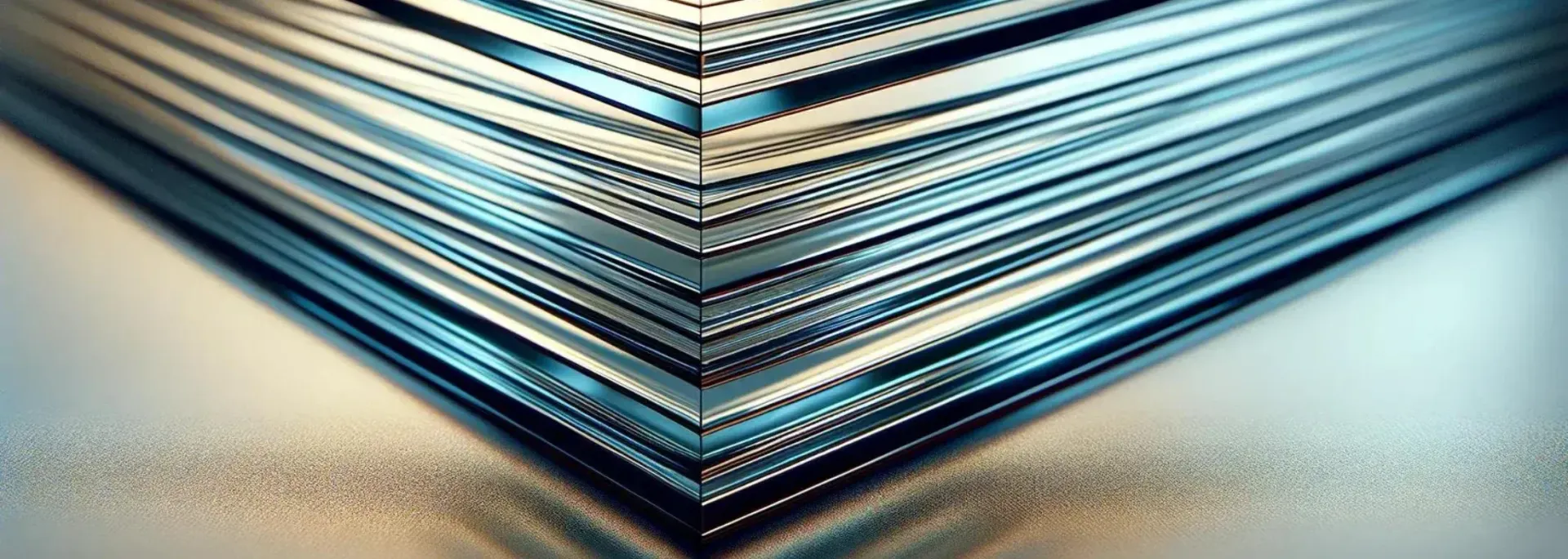
Typically, it consists of at least one toughened glass layer and one polymer layer, joined together with a thin adhesive interlayer.
Like the glass, the polymer is very strong – and it's also very flexible. Because it's joined to the glass layer, it makes the glass more flexible and less liable to break if hit by a hard object like a bullet.
So, bullet-resistant glass is greater than the sum of its parts. On their own, the glass and the polymer layers wouldn't stand up to ballistic attack. Together, however, they're very effective indeed.
6. Bulletproof glass is heavy and difficult to work with
VERDICT: MYTH.
Bullet-resistant glass
can
be heavy and difficult to work with. But it doesn't have to be.
Here at ToughGlaze, we've worked closely with ballistics experts to create a highly effective bullet-resistant glass that doesn't compromise on weight or optical clarity.
TG BR is one of the thinnest, lightest and clearest ballistic glass products on the market. And it's proven to outperform most similar projects in real-life test conditions.
This is a game-changer. TG BR provides exceptional protection for people, property and assets. Yet, at the same time, it's almost indistinguishable from normal laminated glass – and its lightness means it can be installed almost anywhere, from security screens to shop windows.
TG BR is trusted by security-conscious individuals and organisations the world over. Learn what it can do for you – or get in touch with our experts for a no-obligation quote.


